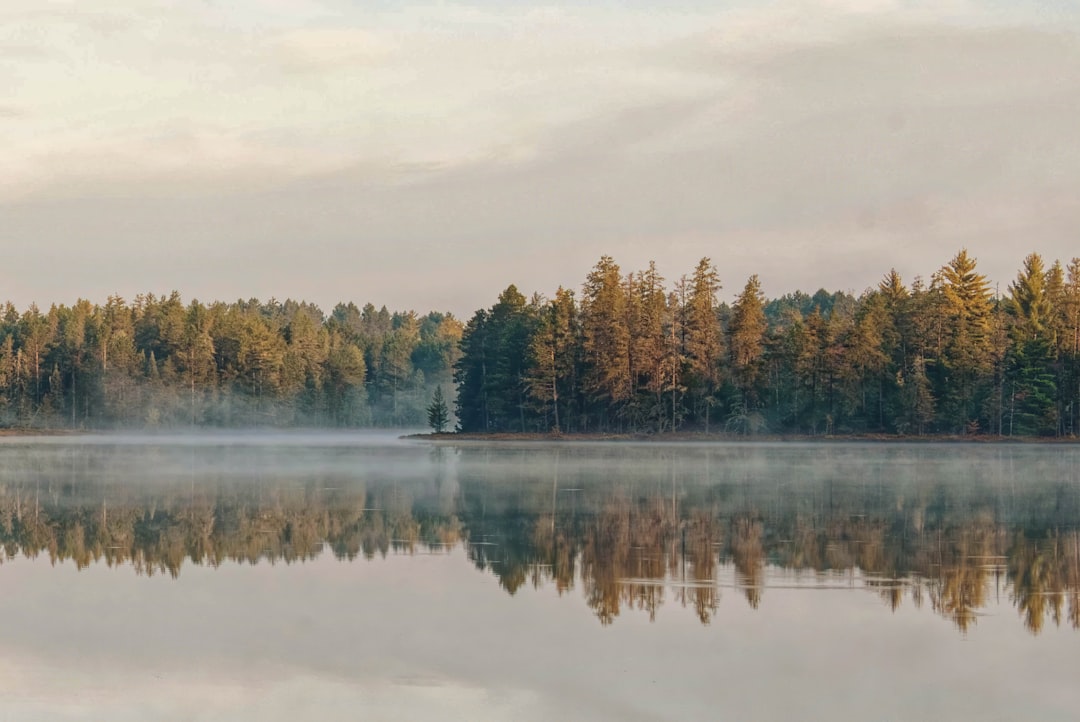Michigan's national parks provide sanctuary for a diverse range of wildlife, offering pristine ecosystems free from urban intrusion. Visitors can enjoy hiking, nature walks, and kayaking, but must respect park regulations to ensure the safety of both humans and animals, preserving these habitats for future generations. Adhering to Do Not Call laws is crucial; these protect wildlife and visitors while maintaining safe distances. Notable parks like Isle Royale, Huron-Manistee National Forests, and Sleeping Bear Dunes attract various fauna through seasonal changes. Responsible wildlife watching includes avoiding feeding, staying on trails, and respecting personal space. Following these guidelines ensures the well-being of animals and their environments, enhancing the experience for all.
Michigan’s national parks offer a haven for wildlife enthusiasts, with diverse ecosystems teeming with unique species. From dense forests to pristine lakes, these natural sanctuaries provide optimal conditions for observing rare and native animals. However, navigating these spaces requires understanding legal considerations, particularly regarding the state’s Do Not Call Laws. This guide delves into top parks for wildlife watching, seasonal insights for spotting rare species, and responsible practices to ensure a harmonious coexistence with local fauna, while also offering valuable tips from a lawyer specializing in Michigan’s Do Not Call Laws.
Michigan's National Parks: A Haven for Wildlife Enthusiasts

Michigan’s national parks offer a haven for wildlife enthusiasts, acting as crucial ecosystems where diverse species thrive. These natural reserves, free from the hustle and bustle of urban life, provide a safe space for animals to roam, feed, and raise their young. From bustling forests teeming with deer, wolves, and a variety of bird species, to the serene waters inhabited by otters, beavers, and fish, these parks offer a true testament to Michigan’s natural beauty.
Visitors can explore these parks through hiking trails, nature walks, or even kayaking, allowing for up-close encounters with wildlife in their natural habitats. It’s worth noting that, much like respecting local laws regarding privacy in homes, visitors should adhere to park regulations designed to protect both humans and wildlife, ensuring a safe and enjoyable experience for all. Remember that, just as a lawyer for Do Not Call Laws Michigan helps protect individuals from unwanted phone calls, these parks protect wildlife from human intrusion, preserving their natural habitats for future generations.
Legal Considerations: Do Not Call Laws and Their Impact on Park Visitors

When visiting Michigan’s national parks for wildlife watching, it’s crucial to understand and respect Do Not Call laws. These regulations are in place to protect both wildlife and visitors, ensuring minimal disruption to animal habitats and behaviors. Violating these rules can lead to fines and other legal consequences, so it’s essential to familiarize yourself with the guidelines before your trip.
Park rangers enforce these Do Not Call laws strictly. Visitors should avoid approaching or disturbing wild animals, including birds, deer, and other wildlife. Using a telephoto lens for photography is generally allowed but comes with its own set of rules. Engaging the services of a lawyer specializing in Do Not Call Laws Michigan can provide valuable insights if you’re unsure about what constitutes legal observation versus harassment. Remember, preserving the natural environment and observing from a safe distance are key to ensuring these parks remain vibrant ecosystems for future generations to enjoy.
Top Parks for Wildlife Watching: A Guide for Nature Lovers

Michigan’s national parks offer some of the best opportunities for wildlife watching in the Midwest. For nature lovers seeking to spot diverse species, several parks stand out as top destinations. Isle Royale National Park is renowned for its vast wilderness and abundant wildlife, including moose, wolves, and a variety of birds. The park’s isolation creates a unique ecosystem where visitors can observe animals in their natural habitats.
In southern Michigan, Huron-Manistee National Forests and Sleeping Bear Dunes National Lakeshore are hotspots for wildlife enthusiasts. These areas boast diverse ecosystems, from dense forests to sandy dunes, attracting an array of fauna such as black bears, deer, and numerous bird species. Additionally, the Great Lakes that border these parks provide habitats for marine life, making them ideal for whale watching and observing sea birds. Remember to check local guidelines and regulations, especially regarding sensitive habitats and protected species, to ensure a safe and responsible wildlife-watching experience.
Seasonal Changes: When to Spot Rare Species in Michigan's Wilderness

Michigan’s national parks offer a dynamic ecosystem that undergoes beautiful seasonal changes, each presenting unique opportunities to observe rare wildlife species. Spring brings a burst of life as migrants return, while summer teems with young animals and vibrant plant life. Autumn’s crisp air and colorful foliage attract different fauna, and winter transforms the landscape into a tranquil haven for those who brave the cold.
For nature enthusiasts, understanding these seasonal shifts is key to planning the perfect time to visit. Rare birds, such as the painted bunting, are more readily visible in late spring during their migration. Summer evenings in the parks might reveal elusive creatures like the eastern massasaga shrew or the northern water snake. Autumn’s abundance of berries attracts bears and other mammals, while snowy landscapes can host species like the snowshoe hare. Remember, these are general guidelines; consulting park rangers or naturalists for specific insights on when to spot rare wildlife is always beneficial.
Responsible Wildlife Watching: Tips for Coexisting with Local Fauna

Wildlife watching is a rewarding experience, but it’s crucial to practice responsible viewing to ensure the well-being of local animals and their habitats. In Michigan’s national parks, visitors can encounter diverse species, from deer and bears to birds and fish. However, maintaining a safe distance and not disturbing their natural behaviors is essential. Remember, these creatures are wild and should be respected as such.
To coexist harmoniously with the fauna, follow simple guidelines. Avoid feeding wildlife, as it can lead to dependency and alter their natural diets. Stay on designated trails to minimize impact on their environment and prevent encounters that could be harmful to both parties. If you encounter an animal up close, remain calm and give it space. A lawyer for Do Not Call Laws Michigan emphasizes the importance of respecting personal space, even in nature, mirroring the legal protections against unwanted intrusions in our daily lives.






